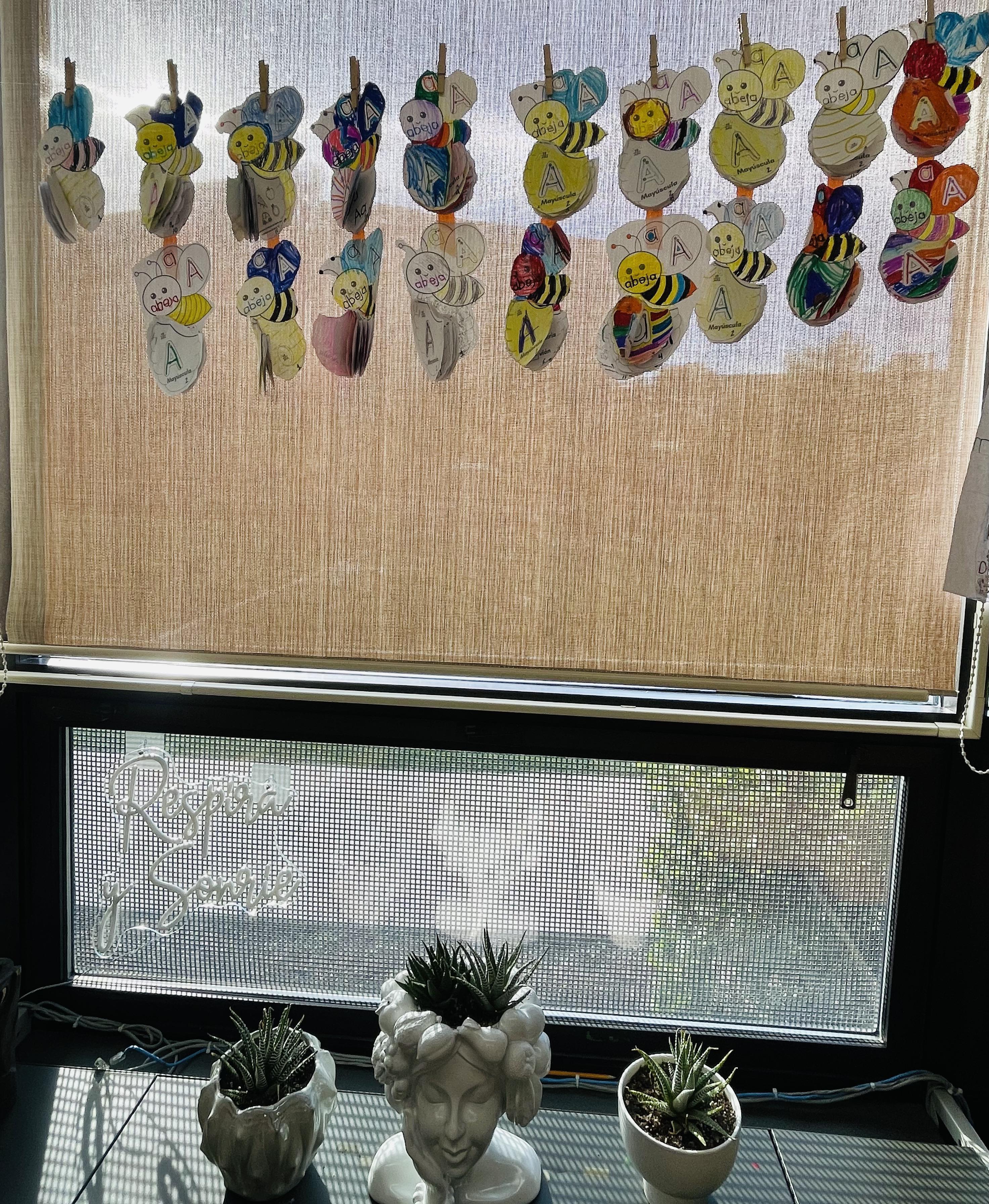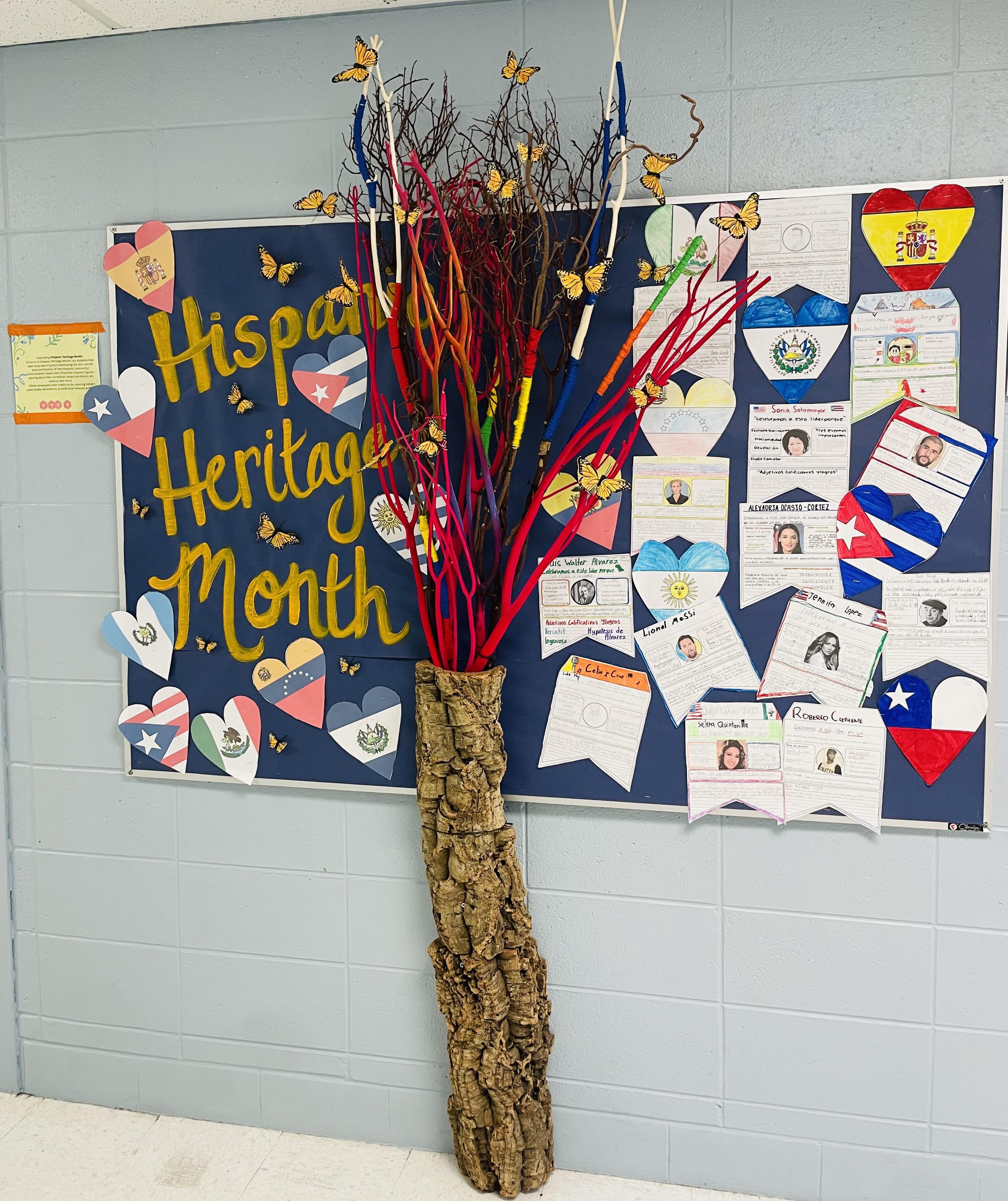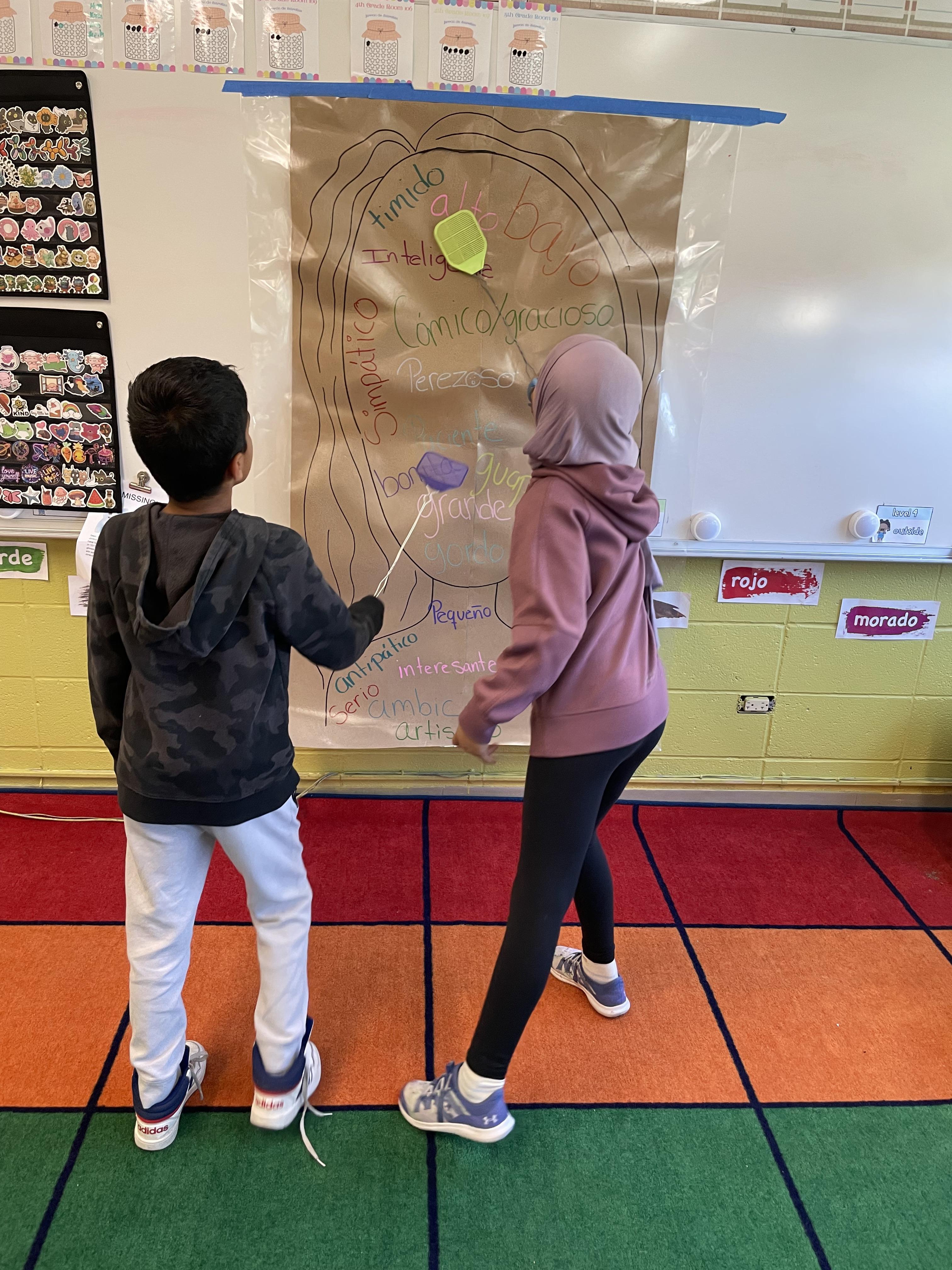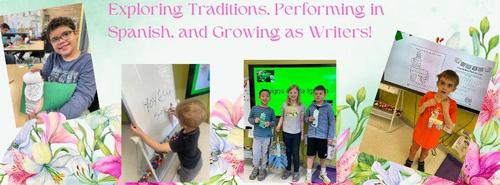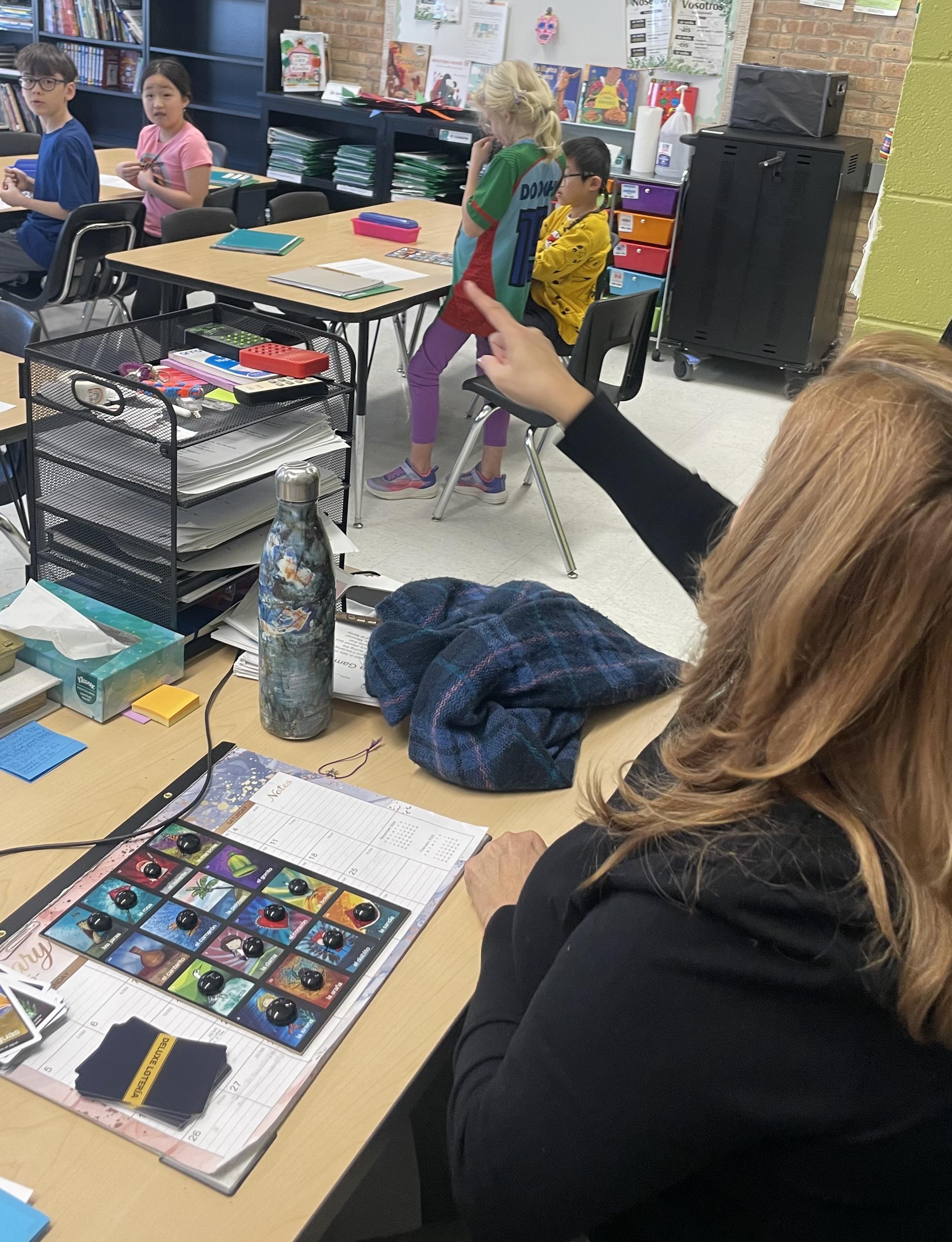Rebeca Viquez was born and raised in Mexico City. She proudly embraces her vibrant culture and enjoys sharing it with her students. She is a dedicated educator with a passion for Spanish language and multicultural learning. She graduated from Northeastern University with a bachelor's degree in K-12 Spanish and holds a bilingual endorsement. With 15 years of experience at Stone Academy Scholastic School as a Special Education Classroom Assistant (SECA), Rebeca has demonstrated a commitment to fostering inclusive and supportive learning environments. Beyond her professional endeavors, Rebeca cherishes spending time traveling with her family, which allows her to further expand her cultural knowledge and experiences. She enjoys exploring different cultures and recently ventured to Cartagena, Colombia, to immerse herself in their music, food, and history. When she is not traveling, she appreciates taking courses at home, such as a recent class on Puerto Rican literature. Rebeca’s goal is to offer rich cultural perspectives in her classroom.

